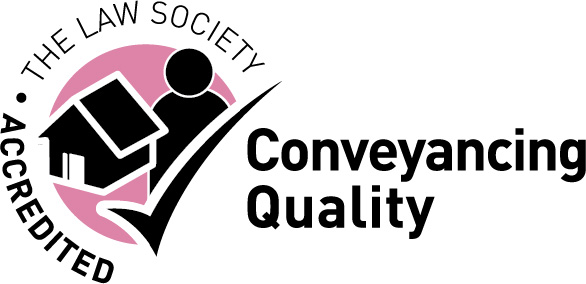
If your school has unregistered land on-site or in your portfolio, perhaps 2022 is the year to consider voluntary registration with HM Land Registry. For the reasons set out below, our view is that there are only advantages to be gained from doing so.
HMLR
HM Land Registry ("the Land Registry") was created in 1862 and is the non-ministerial government department which records by way of a land register the ownership of land and property in England and Wales. There are currently more than 25 million registered titles at the Land Registry evidencing ownership of more than 85% of the land mass in England and Wales and the Land Registry aims to increase this to almost 100% by 2030.
The Land Registry calls this 'comprehensive' registration and it seeks to facilitate the broader aim of making conveyancing quicker, simpler and cheaper, particularly in view of increased house-building. Notwithstanding the Land Registry's ambitious objective, across the legal profession it appears to be accepted that achieving 'total' 100% registration by 2030 is unlikely.
Compulsory registration
Compulsory registration was introduced in phases around the country between the 1900s and the 1970s. The obligation to register was generally triggered upon purchase. Since 1990, every property purchase has been registrable.
However, even though compulsory registration has been around for over 100 years, there are still large areas of land and property which remain unregistered, because there has been no transaction (such as a sale or mortgage) of that land triggering registration. It is this unregistered land which is the focus of the Land Registry's 2030 goal.
Voluntary registration
Increased land registration is to be achieved by means of a combination of compulsory and voluntary applications to the Land Registry for first registration. A compulsory application most commonly arises on a sale or re-mortgage of a property whereas a voluntary application may be made by the landowner by choice at any time. At present the Land Registry receives around 400 first registration applications every day.
In order to make more significant strides to increase the percentage of registered land, it will be necessary for both local authorities and other landowners (with large portfolios who typically hold their land on a long-term basis) to engage in the process. The Land Registry has a Public Sector Engagement Team which has already been working with local authorities throughout 2018, helping them to identify any unregistered land and guiding them throughout the registration process.
What are the advantages?
Although there is no obligation to register voluntarily by a first registration application, land registration is desirable for several reasons:
- makes conveyancing more straightforward;
- provides readily available proof of ownership (which can also be immediately obtained electronically) for a small fee;
- provides greater protection against the possibility of losing title by adverse possession;
- helps to protect property from fraud; and
- may make land more marketable and available as security.
The Land Registry also guarantees each registered landowner's title.
The cost of a first registration application depends on the value of your property and there is a fee scale. As an incentive, the Land Registry applies a reduction to the fee for a voluntary first registration. This saving will be substantial where large-scale applications are made.
Irrespective of the Land Registry's registration objectives, our view is that it can only be advantageous for any school whose land is unregistered to register voluntarily.




